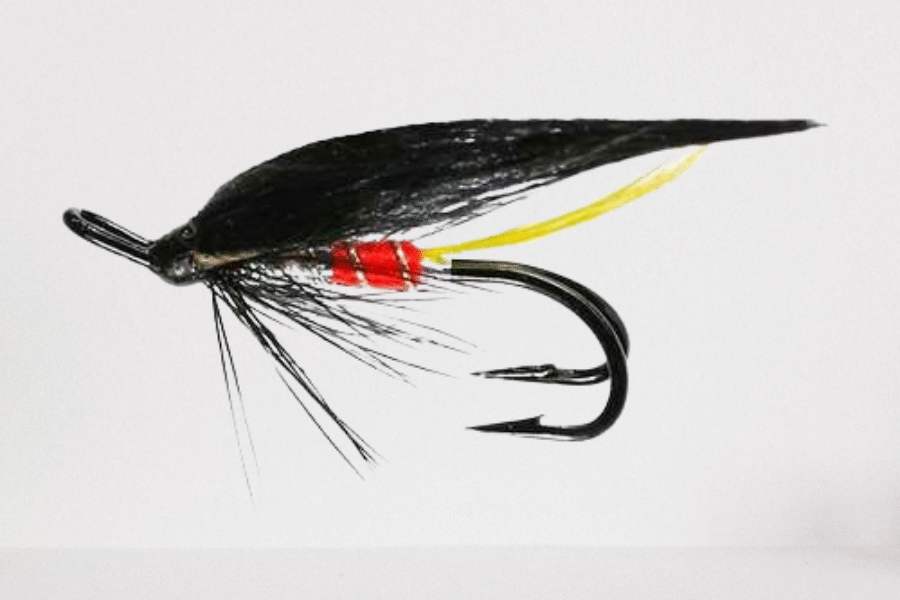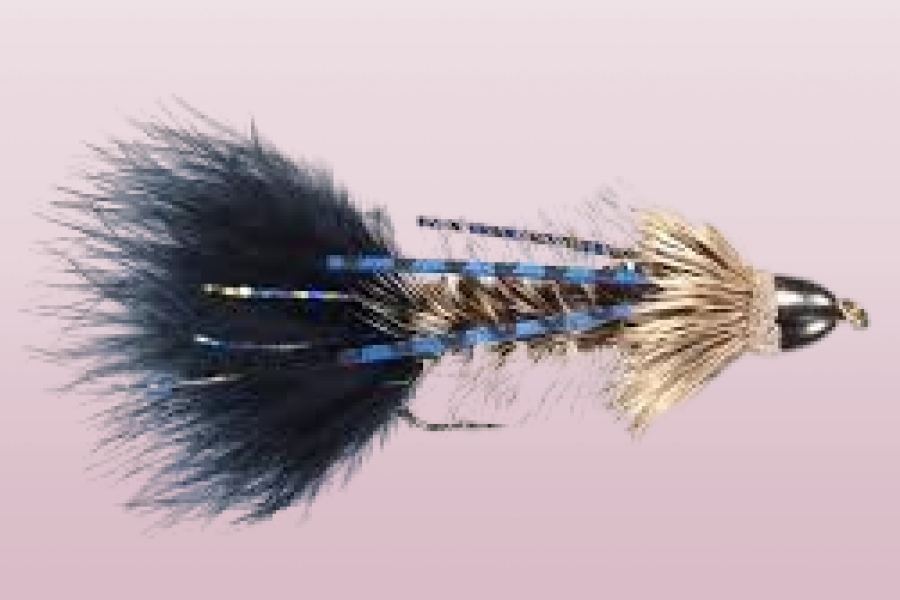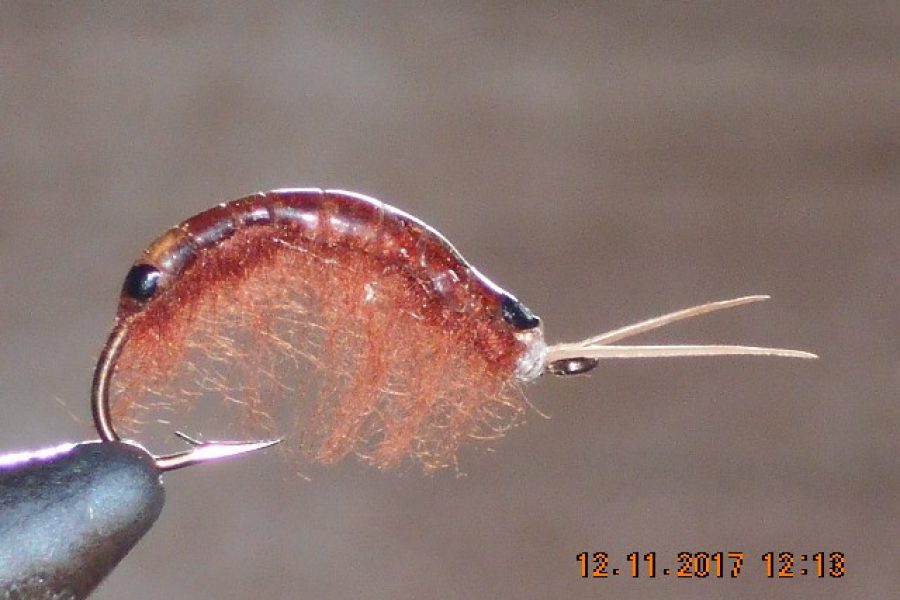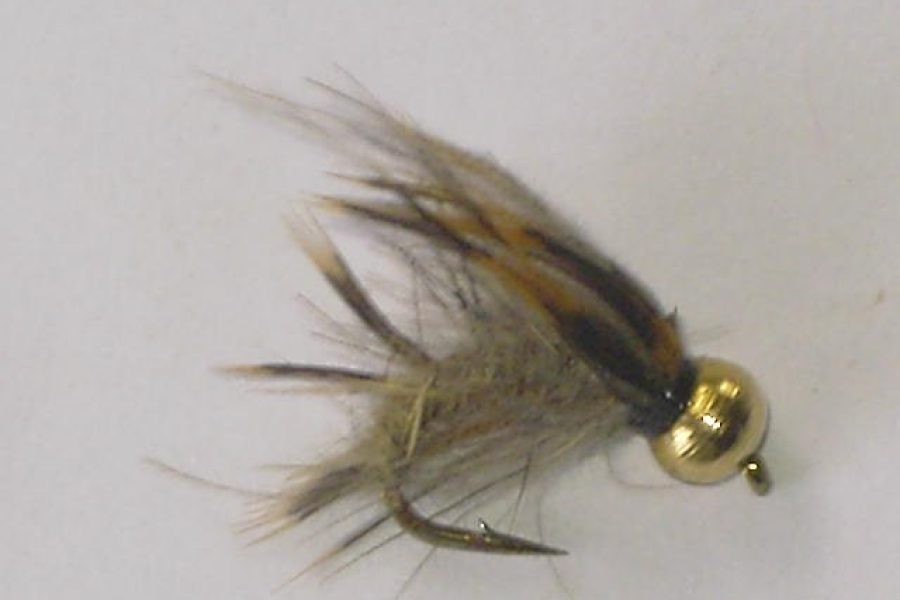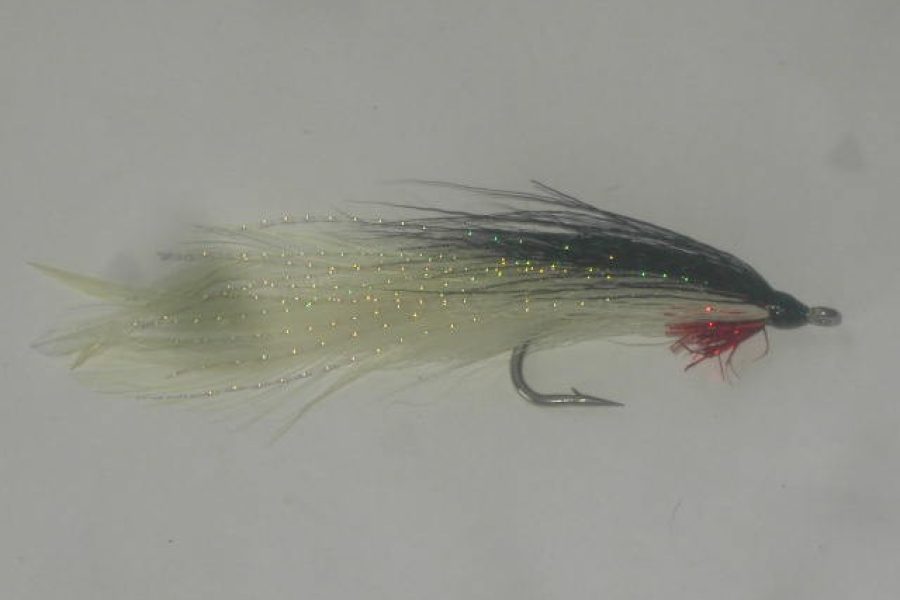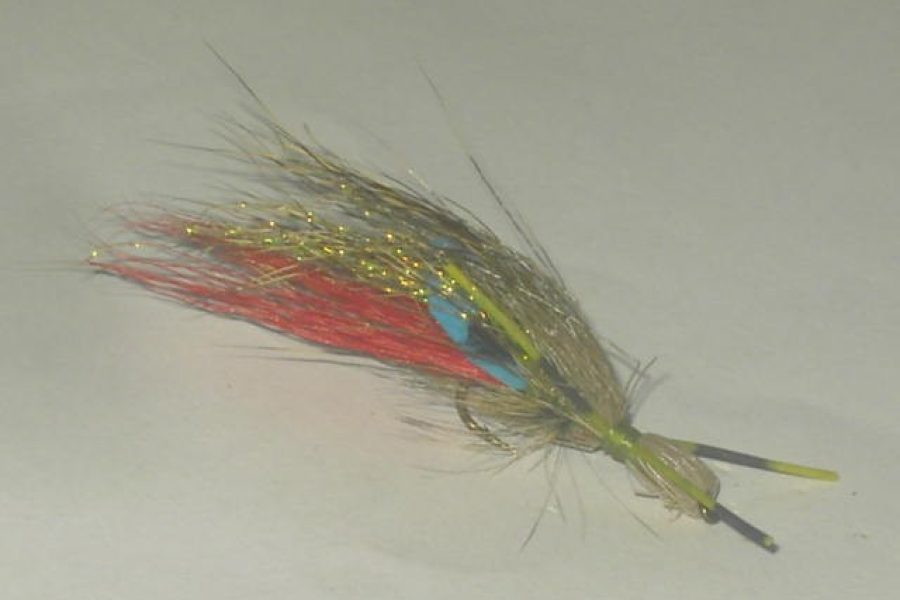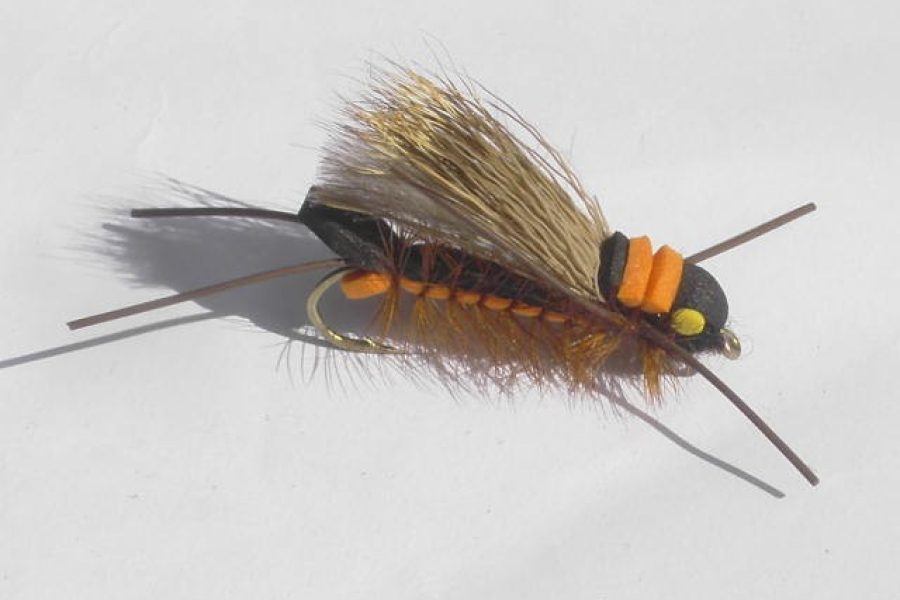Description
Product Overview and Heritage The Orange Foam bullet head fly or the Dead Stone Salmon fly represents a masterful imitation of expired adult stoneflies specifically designed for salmon fishing. This specialized pattern recreates the distinctive profile and behavior of spent stoneflies, a significant food source that triggers opportunistic feeding responses from salmon. Drawing from both traditional salmon fly design and modern stonefly patterns, this versatile fly has proven particularly effective during summer salmon runs when natural stoneflies are most active.
Design Philosophy and Material Innovation The pattern’s effectiveness stems from its carefully engineered components:
- Premium stonefly dubbing blend
- Specialized wing materials
- Quality hackle selection
- Precise proportions
- Durable construction
- Natural materials
- Strategic weight distribution
- Enhanced visibility features
Each element contributes to the pattern’s realistic profile and durability while maintaining the natural appearance that salmon find irresistible.
Technical Specifications
Hook Characteristics:
- Heavy-gauge salmon hook
- Available sizes: 2-8
- Strong wire construction
- Up-eye design
- Chemically sharpened points
- Wide gape configuration
- Corrosion-resistant finish
Material Properties:
- Selected natural materials
- Premium synthetic blends
- Reinforced construction
- Color-fast dyes
- Water-resistant treatments
- Enhanced durability
- Quality hackle
- Specialized wing materials
Additional information
| Hook type | Barbed Hooks, Barbless Hooks |
|---|---|
| Hook size | 10, 12, 6, 8 |

